Adana, one of southern Türkiye’s top tourism destinations, attracts visitors year-round with its ancient cities, historic fortresses, lush citrus orchards and mild climate. As the largest city in the Mediterranean region and the fifth-largest in the country, Adana offers stunning beaches, scenic highlands, and fertile landscapes.
The Çukurova region, also known as the Adana Plain, is Türkiye’s largest delta, nourished by the Seyhan and Ceyhan rivers. This fertile land supports the city’s thriving citrus industry, making Adana the country’s top producer of oranges. The vibrant orchards, with their striking mix of green and orange hues, not only contribute significantly to the economy but also attract visitors eager to experience the harvest firsthand.
Adana is also world-renowned for its cuisine, particularly the iconic Adana kebab. This flavorful dish is made from finely chopped lamb, sourced from male lambs, and blended with tail fat for added juiciness. Next, seasoned with salt, red pepper, and finely ground chili, the meat is carefully shaped onto long skewers and grilled over an open flame. Traditionally served with grilled tomatoes and peppers, sumac-seasoned onions, fresh herbs, and a local fermented turnip juice called şalgam.
However, the city may offer various culinary wonders. For example, traditional dishes such as şırdan dolması (stuffed lamb intestines), analı kızlı (a meatball soup with bulgur), and işkembe dolması (stuffed tripe). Still, for most travelers, tasting Adana kebab remains an essential part of their journey.
In addition, Adana’s rich history is evident in its many landmarks. The Great Clock Tower, built in 1882, stands as a symbol of the city, while the Ramazanoğlu Mansion, dating back to 1495, is one of Adana’s oldest residential buildings. The Great Mosque (Ulu Cami), originally constructed in 1513 and expanded in 1541, showcases a blend of Seljuk, Mamluk and Ottoman architectural influences.
One of Adana’s hidden gems is the ancient city of Anavarza, which flourished under Roman rule. Featuring a colonnaded street, bathhouses, an amphitheater, and rock tombs, this archaeological site remains partially buried, awaiting further excavation.
The city, originally known as Anazarbus, reached its peak in the second and third centuries A.D. as a strategic Roman outpost. It was later designated the capital of Cilicia Secunda by Emperor Diocletian. Throughout its history, Anavarza endured invasions, earthquakes and conflicts, yet remained a vital center for trade, culture and military defense.
Adding to the Adana’s cultural richness is the Adana Museum Complex, one of Türkiye’s oldest museums, founded in 1924. Now housed in a restored textile factory, the museum displays artifacts spanning from the prehistoric era to the Ottoman period, including statues, sarcophagi, and mosaics. It includes archaeology, mosaic, ethnography, and city museums, along with exhibition halls and an open-air cinema. Blending history, nature, and gastronomy, Adana offers a unique experience for travelers seeking to explore its diverse heritage and vibrant culture.















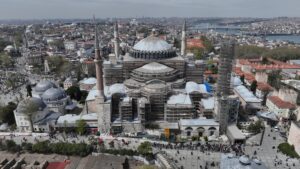











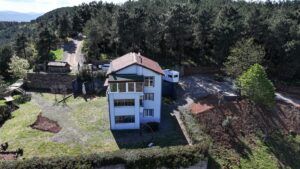
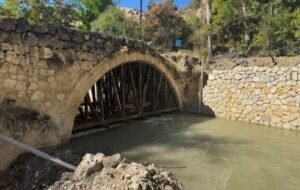

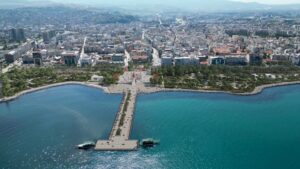








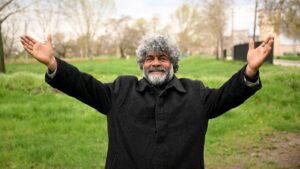

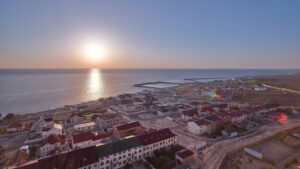










Be First to Comment